Samsung’s new S-series flagship, the Galaxy S21 Ultra 5G, comes with an updated design and a whole bunch of improvements under the hood. The international version of the device, the subject of this test, is powered by Samsung’s 5nm Exynos 2100 top-end chipset and is the company’s first non-Note device to offer S-Pen stylus support.
The large, bright 6.8-inch Dynamic AMOLED 2x display with a 20:9 aspect ratio is a great screen for any type of content creation, thanks to a high 3200 x 1440-pixel resolution and flexible frame rates up to 120 Hz.
In the camera department, the Galaxy S21 Ultra comes with a major improvement over its predecessor S20 Ultra—replacing the latter’s 103 mm-equivalent periscope tele-lens with a dual-tele setup. A 70 mm lens takes care of medium-range tele shots, while a 240 mm juggernaut allows for extremely long tele-zooming. Both the primary wide and ultra-wide cameras look more similar to last year’s model but come with more subtle improvements.
Read on to find out if they succeeded and how the Samsung Galaxy S21 Ultra 5G (Exynos) performed under version 4 of the DXOMARK Camera test protocol.
Key camera specifications:
- Primary: 108 MP 1/1.33″ sensor, 0.8μm, 24 mm-equivalent f/1.8-aperture lens, OIS, PDAF
- Ultra-wide: 12 MP 1/2.55″ sensor, 1.4μm, 13 mm-equivalent f/2.2-aperture lens, Dual-Pixel AF
- Tele 1: 10 MP 1/3.24″ sensor, 1.22μm 72 mm-equivalent f/2.4-aperture lens, Dual-Pixel AF, OIS
- Tele 2: 10 MP 1/3.24″ sensor, 1.22μm 240 mm-equivalent f/4.9-aperture lens, Dual-Pixel AF, OIS
- LED flash
- Video: 4320p/24 fps, 2160p/60/30 fps (2160p/60 fps tested), HDR10+
About DXOMARK Camera tests: For scoring and analysis in our smartphone camera reviews, DXOMARK engineers capture and evaluate over 3000 test images and more than 2.5 hours of video both in controlled lab environments and in natural indoor and outdoor scenes, using the camera’s default settings. This article is designed to highlight the most important results of our testing. For more information about the DXOMARK Camera test protocol, click here. More details on how we score smartphone cameras are available here.
Test summary
Scoring
Sub-scores and attributes included in the calculations of the global score.
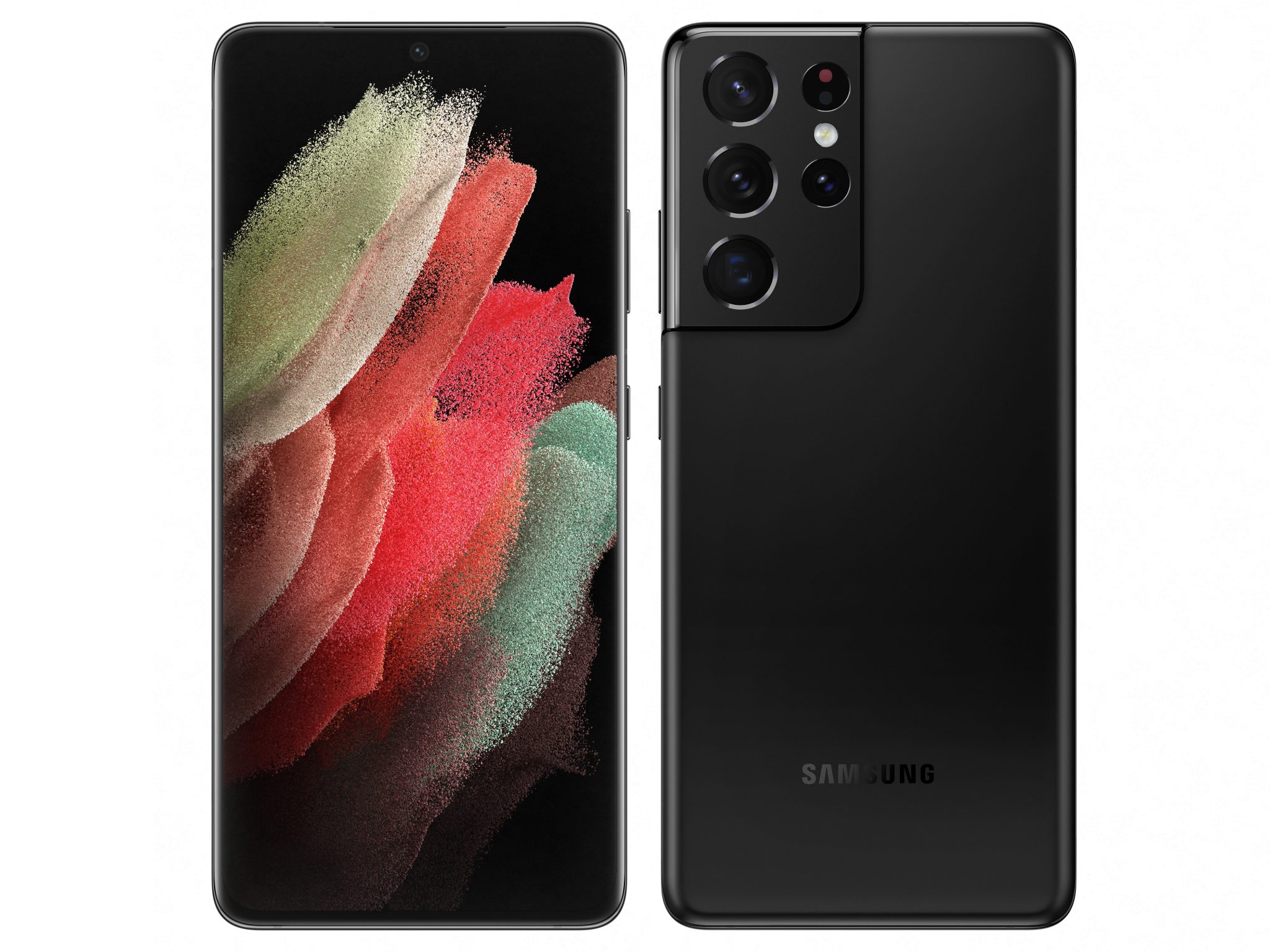
Samsung Galaxy S21 Ultra 5G (Exynos)


Use cases & Conditions
Use case scores indicate the product performance in specific situations. They are not included in the overall score calculations.
Outdoor
Photos & videos shot in bright light conditions (≥1000 lux)
Indoor
Photos & videos shot in good lighting conditions (≥100lux)
Lowlight
Photos & videos shot in low lighting conditions (<100 lux)
Friends & Family
Portrait and group photo & videos
With a DXOMARK Camera overall score of 121, the Samsung Galaxy S21 Ultra 5G (Exynos) delivers a good camera performance but lags somewhat behind the best competitors in the ultra-premium segment. Unexpectedly, it also scores lower than its predecessor S20 Ultra 5G at 126.
The Photo score of 128 is 16 points lower than the top-ranked Huawei Mate 40 Pro+. While the Samsung does many things well, there is some room for improvement in most test categories, especially when considering its top-end camera specifications.
Target exposure is usually accurate and dynamic range is wide, showing good detail in both highlight and shadow areas of the frame. HDR processing can be a little unstable, though, with noticeable variation between consecutive shots of the same scene.
Color looks nice and skin tones are pleasant when shooting at reasonable light levels, but saturation decreases in low light. The autofocus system also slows down in low-light and high-contrast scenes, but otherwise the device mostly delivers accurately focused images.
The texture/noise trade-off is an area where the S21 Ultra 5G leaves most room for improvement, especially noise is a lot worse than on some direct competitors. There is a noticeable loss of fine detail when shooting indoors and in low light. At the same time, noise is visible in pretty much all images, even those recorded in bright light. Image noise can get quite intrusive and is not just limited to the grainy look of luminance noise — sometimes chromatic noise is visible, too.
The Zoom score of 76 is helped by a decent ultra-wide performance. The ultra-wide camera offers an expansive field of view, but like with the primary wide camera, noise has a negative impact on image quality. The tele does not quite live up to the expectations raised by the impressive-looking dual-tele setup. The level of detail is fairly low across the tele zoom range, with unnaturally-rendered texture and fusion artifacts.
With a Video score of 98, the Samsung is also not on the same level as its most direct rivals for video, matching the scores of slightly older and less expensive devices, such as the Huawei P40 and the Google Pixel 4a.
On the plus side, exposure is stable and dynamic range fairly wide as long as you don’t record in low light. The autofocus usually keeps things sharp, and thanks to a 60 fps frame rate, motion looks mostly nice and smooth.
However, the level of recorded detail is noticeably lower than on competing devices, with “moving texture” artifacts frequently visible. Noise is also higher in most shooting conditions. Color tends to be fairly desaturated and white balance casts often reduce the overall video quality. Video stabilization could be more effective, too. You still get some camera shake when recording while standing still and a fairly strong jello effect becomes visible when the camera is moving.
Photo scores explained
The Samsung Galaxy S21 Ultra (Exynos) achieves a Photo score of 128. In this section, we take a closer look at how each sub-score was determined and compare image quality against some key competitors.

Exposure and Contrast
Samsung Galaxy S21 Ultra 5G (Exynos)
95
111
As we would expect from a high-end device in 2021, the Galaxy S21 Ultra is capable of delivering good target exposure in all conditions, from bright sunshine down to low light.
This image shows the camera maintaining good contrast on the subject, even when capturing challenging backlit scenes. Overall dynamic range is very good in outdoor conditions and under typical indoor lighting. It’s slightly better than the Apple iPhone 12 Pro Max but not quite as good as the Huawei Mate 40 Pro, which preserves a touch more detail in both highlight and shadow areas of the frame.
While the Samsung’s dynamic range is by no means bad, looking at the sensor and chipset specifications, we think it should have been possible to push the HDR processing further. We also observed some instabilities in the tone-mapping and exposure variation on consecutive shots, such as in the example below. Most of the time you still end up with good dynamic range, but on occasion the camera does not make the most of its HDR capabilities.

Color
Samsung Galaxy S21 Ultra 5G (Exynos)
100
107
The camera produces the usual fine Samsung color rendering, with high levels of saturation and nice skin tones even in difficult backlit scenes. There is often also a slight cyan cast to the sky (Some might find the saturation a little too strong, but this is typical Samsung style and, like so many things, it’s pretty much a matter of personal preference.) On the downside, white balance can be blueish when shooting in the shade.
A slight lack of saturation tends to become visible in low light. In such conditions, competitors such as the Huawei Mate 40 Pro and the iPhone 12 Pro Max render slightly more pleasant color.
On a side note: Our testers also observed that Samsung has chosen a fairly neutral rendering for low color temperature (warm) light sources. While this can result in pleasant color, it also seems to increase image noise in such scenes. This tradeoff does not seem very well managed overall and lower noise levels should be achievable (see the Noise section below for more).

Autofocus
Samsung Galaxy S21 Ultra 5G (Exynos)
91
109
The S21 Ultra 5G’s autofocus can be relied upon in most situations except in very low light, where there is some potential for misfocused images. The autofocus also noticeably slows down in low light. In this graph you can see the camera takes a touch longer to lock focus at 20 lux.
Unlike most of its flagship rivals, the Samsung still doesn’t use continuous buffering and zero shutter lag in all conditions, which means capture times are slightly slower than on competing devices. As a result, you might just miss the decisive moment and capture a subject with closed eyes or who is moving.
Depth of field is fairly narrow, which means subjects in the back of group portraits tend to be rendered slightly soft.

Texture
Samsung Galaxy S21 Ultra 5G (Exynos)
91
111

Noise
Samsung Galaxy S21 Ultra 5G (Exynos)
69
102
The level of detail captured by the S21 Ultra camera is decent but lower than we would expect from a flagship device with these Samsung specifications. The camera tends to find a good compromise between texture preservation and noise reduction in portrait shots, especially in indoor shots and when shooting scenes in bright outdoor light. However, a loss of detail is often visible in landscape shots, even when recorded in bright light, such as in this scene. There is also more noise (and ringing) than we would like to see in the sky and in shadow areas of this shot.
The real-life results above are confirmed by our measurements in the lab, where the S21 Ultra 5G’s detail preservation is consistently lower than the Huawei Mate 40 Pro’s.
High noise levels and a lack of fine detail is also very evident in this low-light portrait shot.
Results are similar for our noise measurements in the lab. The S21 Ultra measures higher than both the iPhone 12 Pro Max and the Huawei Mate 40 Pro in bright light and in indoor conditions. It’s on a similar level as the Apple device in low light.
The S21 Ultra 5G also produces more image noise than its predecessor, the S20 Ultra 5G. This is quite visible in this sample. Noise on the S21 Ultra 5G often appears as structured noise and includes colored chroma noise, which is more intrusive than grainy luminance noise.

Artifacts
Samsung Galaxy S21 Ultra 5G (Exynos)
66
77
Image artifacts are pretty well controlled overall on the Galaxy S21 Ultra 5G (Exynos). However, our testers observed a few artifacts, including color quantization and ringing; you can see the latter pretty clearly in this image.
There is also a loss of acutance in the field and flare in some images. The latter can be clearly seen in this sample below. Some flare is also noticeable in the Huawei and Apple images, but the effect is much weaker.

Night
Samsung Galaxy S21 Ultra 5G (Exynos)
57
82
When shooting in low-light conditions at night, white balance and color rendering tend to be accurate even in challenging lighting conditions. The same is true for for target exposure, but the level of captured detail is very low if the camera does not trigger the flash.
Exposure is good in this scene, but a loss of detail and structured noise are very evident. Both comparison devices deliver a better result.
Portrait images captured in bokeh mode show good subject subject isolation, thanks to a pretty wide simulated aperture. The blur gradient is also quite well rendered from the front of the scene to the background. Some blur instabilities and unnatural color rendering are sometimes visible, but overall the S21 Ultra 5G’s bokeh mode creates a natural-looking effect that isn’t too far off the real thing.
However, bokeh quality is lower than on the predecessor S20 Ultra 5G (Exynos), which scored 75 in this category. The older model delivered better detail, lower noise, and slightly more precise subject isolation from the background.

Preview
Samsung Galaxy S21 Ultra 5G (Exynos)
66
80
The S21 Ultra 5G achieves a good score for preview, but there is still room for improvement in some areas. What the Samsung does really well is transitions between the four cameras when zooming — they are very smooth both when using pinch-zoom or the buttons.
Preview for HDR and bokeh effect is decent but not quite perfect. The preview image has some HDR processing and a bokeh effect (when shooting in bokeh mode) applied to it, but the effect looks a little different to the final capture. HDR processing is stronger on the latter and the bokeh effect shows much better subject isolation and a more realistic blur gradient.
Zoom scores explained
The Samsung Galaxy S21 Ultra 5G (Exynos) achieves a decent Zoom score of 76, putting it on the same level as its stablemate Note20 Ultra 5G and just squeezing into the top ten in our ranking. The Zoom score includes the tele and wide sub-scores. In this section, we take a closer look at how these sub-scores were achieved and compare zoom image quality against some key competitors.

Tele
Samsung Galaxy S21 Ultra 5G (Exynos)
96
140
The S21 Ultra 5G is capable of capturing good quality tele images, but given its impressive dual-tele configuration with a 240 mm equivalent reach, we expected a little more. With a score of 96, the camera doesn’t make it into the upper echelons of the tele ranking and also scores lower than its single-tele predecessor S20 Ultra 5G.
Despite the beefed-up zoom specs, the S21 Ultra tele zoom images show unnatural texture rendering and lower levels of detail than the best in class and the S20 Ultra at all tele settings.
For our tele test we place the comparison phones at a fixed distance from the charts and pinch zoom to achieve the same framing on all devices. Let’s have a close look at some examples.
This is a close-range (approximately 2.5x) tele shot at a bright 1000 lux. At this tele setting, the phone has to use the primary wide camera to zoom digitally, but this camera’s 12 MP output resolution limits the amount of detail that can be captured when zooming in. Both the Huawei Mate 40 Pro and the S20 Ultra deliver better detail and texture at this setting. There’s also some ringing along the edges in the S21 Ultra shot.
Results are similar at 100 lux and medium-range (approximately 4x) zoom. The Mate 40 Pro is clearly the best device in this comparison, with the S21 lagging behind its own predecessor, capturing less detail, and showing slightly more noise.
Shooting at long-range zoom (approximately 8x) in low light will take any smartphone to its limits, but some are still better than others. There’s virtually no detail left in the S21 Ultra image and a lot of noise is visible. The other two images would not be ideal for large-scale printing, but offer noticeably better detail than the new Samsung flagship.
The sample below was shot at a longer 110 mm-equivalent tele setting. Dynamic range is again good, capturing good detail in the bright sky as well as in the shadow areas. However, textures look unnatural (water surface) and there is a lot of noise in some areas—for example, on the grass on the bank.
Many tele-zoom images also show strong fusion artifacts that occur when image data from two or more cameras is merged to create the final image. For example, a quite intrusive ghosting effect is visible in the background of this portrait shot:
The S21 Ultra 5G’s long 10x tele range is a plus point that we also accounted for in our tele score, but the long range on its own is not enough to make up for the lack of detail, fusion artifacts, and overall lower image quality at intermediate tele settings.

Wide
Samsung Galaxy S21 Ultra 5G (Exynos)
46
58
Samsung devices usually perform well in the wide category and the S21 Ultra 5G is no exception. A score of 46 puts it firmly into the top ten for this sub-score. Images captured with the Samsung’s ultra-wide camera usually show accurate target exposure and a wide dynamic range. On the downside, slight white balance casts are sometimes noticeable and the levels of image noise are higher than we would like, especially in indoor scenes.
In this indoor comparison, the Samsung image shows a slightly warm cast and pretty strong noise. The Huawei captures a noticeably cleaner image but comes with a strong blueish cast. The Apple image is also quite noisy but delivers the best color.
It’s worth mentioning that the ultra-wide camera automatically switches into macro mode when you get closer than 10 cm or so to the subject; you can get as close as approximately 2 cm. This close-up mode isn’t very smooth or stable, though, and there doesn’t seem to be any way to disable it, either.
Video scores explained
A device’s overall Video score is derived from its performance and results across a range of attributes in the same way as the Photo score. Tested in its 4K/60 fps mode, the Samsung Galaxy S21 Ultra 5G achieved a Video score of 98. That’s a decent result, but not quite at the same high level as some of its direct flagship rivals. Its Video sub-scores are as follows: Exposure (96), Color (95), Autofocus (91), Texture (60), Noise (75), Artifacts (75), and Stabilization (90). In this section, we take a closer look at the device’s strengths and weakness for video, with some comparisons against its key competitors.
The S21 Ultra comes with 8K video recording and HDR10+, but the former offers hardly any stabilization, while the latter is not available in 4K resolution. We decided to test the device in 4K resolution and at 60 fps because those settings offered the best overall tradeoff among all image quality attributes.
Video target exposure on the Galaxy S21 Ultra 5G can sometimes be low in low-light conditions. Exposure is generally stable, though, with only occasional minor instabilities.
In terms of dynamic range, the Samsung does well in indoor and outdoor conditions. It’s slightly better than the Huawei Mate 40 Pro in this respect, but not quite on the same level as the iPhone 12 Pro Max, especially when looking at highlight retention. Some clipping is also noticeable in the shadow areas.
There is some room for improvement for color in video clips. White balance is pretty stable in all tested conditions, but a slight color cast is often visible, too. In addition, saturation levels are on the low side across all light levels.
The S21 Ultra 5G’s autofocus generally performs well during video recording, mostly keeping the subject accurately in focus. We observed some focus failures only in scenes with strong backlighting.
The Samsung lags somewhat behind the competition in terms of video texture. Details tend to be soft and a “moving texture artifact”—where textured elements of the scene appear to be floating—is sometimes visible. The lack of texture and detail is confirmed by our measurements in the lab.
Noise is visible in video clips recorded in all conditions. In addition to luminance noise, strong chromatic noise becomes visible in low light. Slight luminance noise is also visible in bright outdoor light, but the difference between the S21 Ultra and the iPhone 12 Pro Max and Huawei Mate 40 Pro is most noticeable in indoor conditions and low light.
Detail is also lower and noise levels higher than on the predecessor S20 Ultra 5G. You can see it in this indoor comparison.
The difference in terms of video texture between the S21 Ultra 5G and the S20 Ultra 5G is confirmed by our lab measurements.
Like with close range zoom, it seems that the 12 MP output of the sensor limits detail in 4K video (as we suggested in our preview article). It doesn’t provide enough resolution for stabilized 4K video footage, which requires a crop between 15 and 30 percent of the original frame for the electronic video stabilization to be effective. This makes some sort of upscaling method a necessity but comes with an associated loss of image detail.
Thanks to the 60 fps frame rate there aren’t any judder artifacts when panning the camera; however, footage often shows ghosting and ringing artifacts.
Video stabilization counteracts walking motion quite well, but a strong jello effect is visible and stabilization isn”t quite as effective overall as on the best-in-class models. On static scenes the stabilization is fairly efficient, but some high-frequency residual motion is sometimes visible. Frame shift artifacts are also visible.
Conclusion
The Samsung Galaxy S21 Ultra 5G (Exynos) is capable of capturing decent photos and video clips in pretty much all conditions. However, given the impressive-looking hardware specs and the Samsung’s status as an ultra-premium flagship device from a major brand, it’s fair to say we expected a score at least 10 points higher.
The S21 Ultra 5G lags behind such direct competitors as the Huawei Mate 40 Pro and the iPhone 12 Pro Max in pretty much all test categories — even for Zoom, where in theory the dual-tele setup should give the Samsung a noticeable advantage. Surprisingly, it also cannot keep up with its own predecessor, the Galaxy S20 Ultra, and other slightly older devices (for example, the iPhone 11 Pro Max).
There is no doubt the Samsung Galaxy S21 Ultra 5G is an exciting device with a powerful chipset and impressive display. If camera is a priority there are currently a number of better options to pick from, but there is hope that Samsung might be able to fix some of the issues identified in this review with a firmware update and thus reduce the gap between the S21 Ultra 5G and top-ranked devices.
Pros
- Fairly wide dynamic range and good contrast
- Smooth zoom action and exposure adaptions in preview when changing zoom factor
- Stable white balance and accurate autofocus in video
- Smooth motion thanks to high frame rate
Cons
- Noise in all conditions, sometimes very strong, structured and chromatic, in both photos and videos
- Slightly unnatural textures and fusion artifacts in zoom images
- Rather slow shooting time in low-light and high-contrast conditions
- Low performance video stabilization when camera held still during recording, strong jello effect
Editor’s note: Firmware versions
After publishing our Samsung Galaxy S21 Ultra 5G (Exynos) Camera, review we received a number of comments from readers who were concerned that we had not used the latest firmware version for the test. We used the latest firmware version available when testing started; however, Samsung released new firmware versions between the start of testing and the publication of the review article.
We therefore decided to check our test results against the latest firmware versions available now to ensure that there are no major differences and that the results and scores remain valid.
To perform the checks we partially retested the S21 Ultra 5G (Exynos) using firmware version G998BXXU1AUB9. This is not the very latest version but it is the latest version available for our specific test unit (over-the-air or OTA updates are deployed progressively) on Friday, March 5th, the day we performed the checks.
As you can see in this low-light sample, there is a very slight improvement in terms of noise with the newer firmware. However, noise levels are still very high and the slight difference won’t have any impact on the noise, photo, or overall scores. The same is true for video.
We also did some checks on tele-zoom quality. Detail has slightly improved at close range but performance is very unstable at long range, so overall there is no improvement to the tele or zoom scores.
The tele-zoom is very unstable at long range.


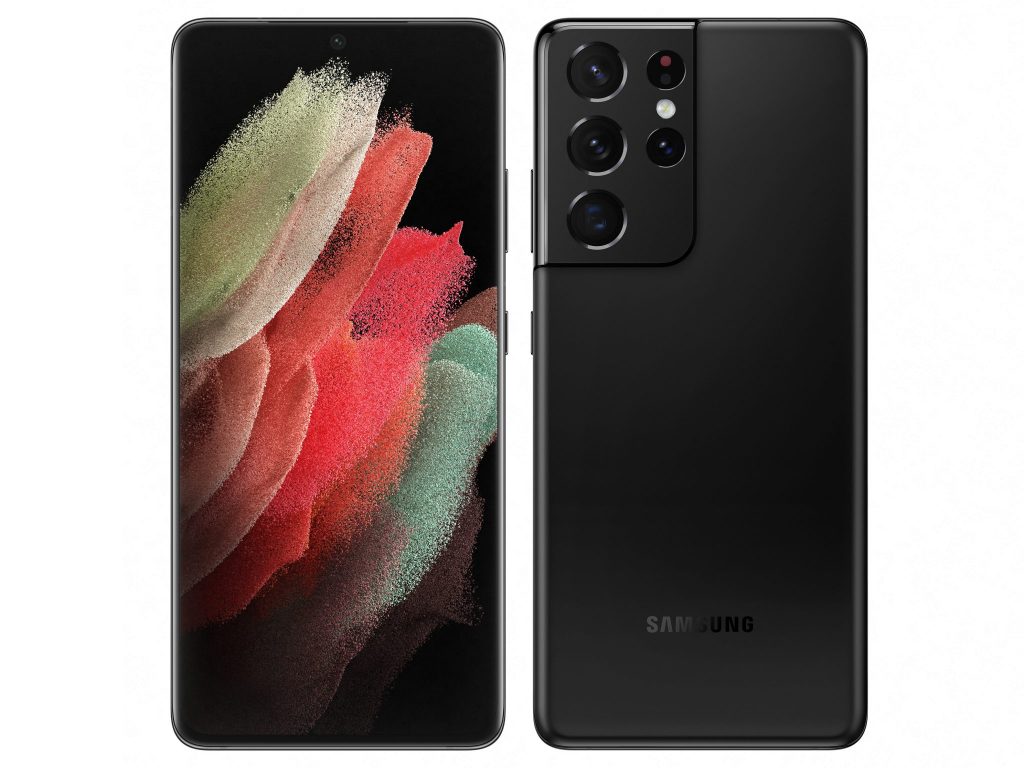


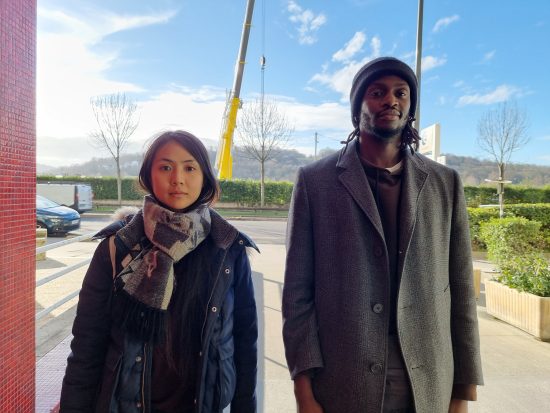
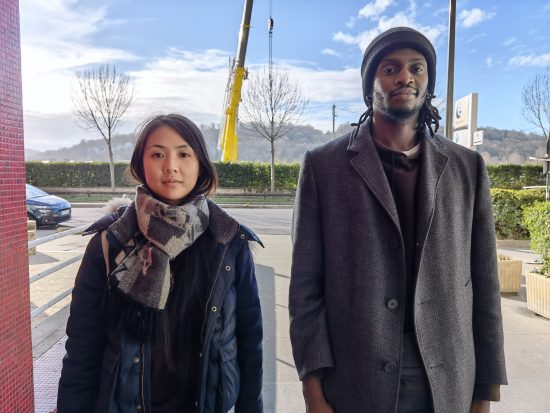
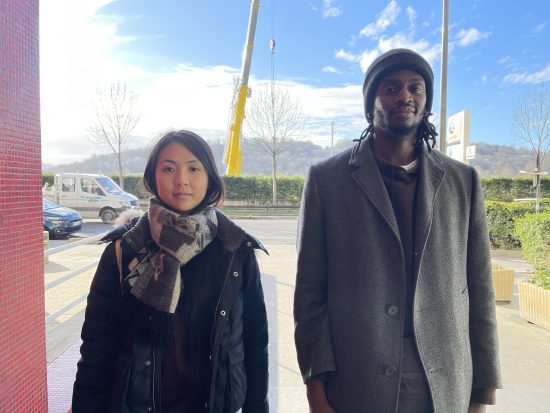


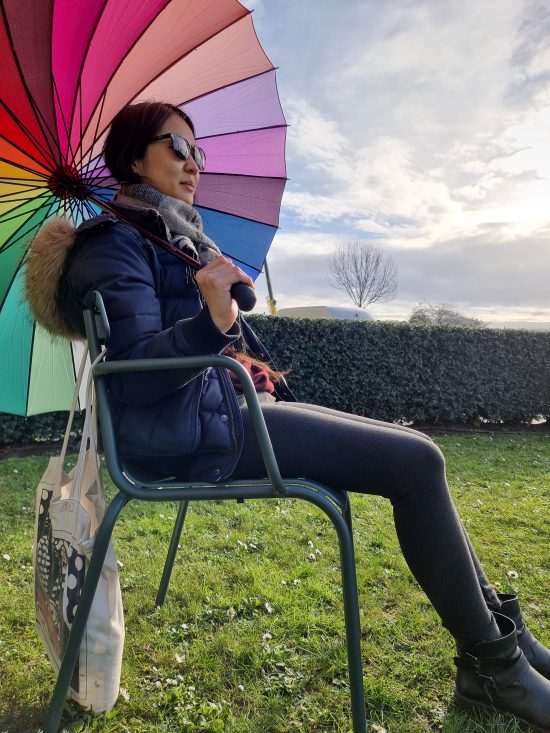
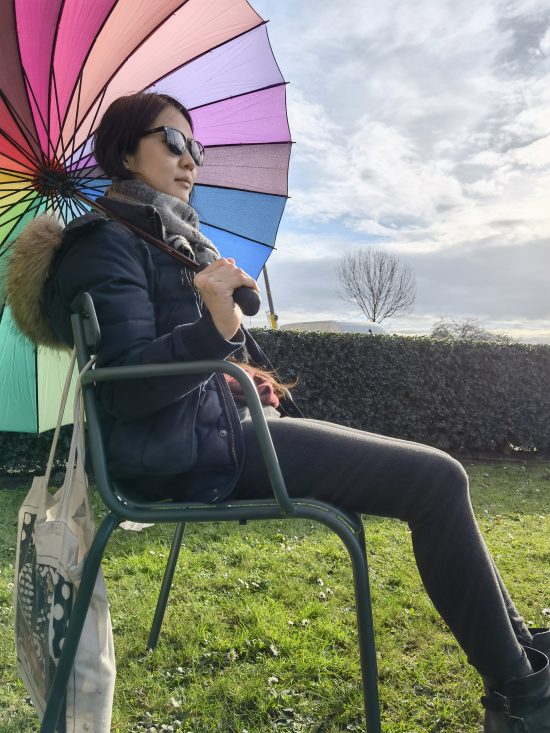

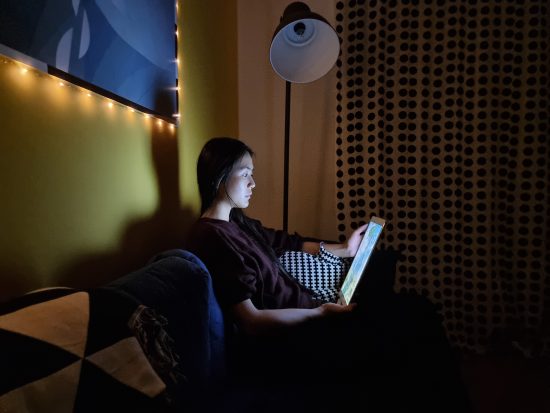
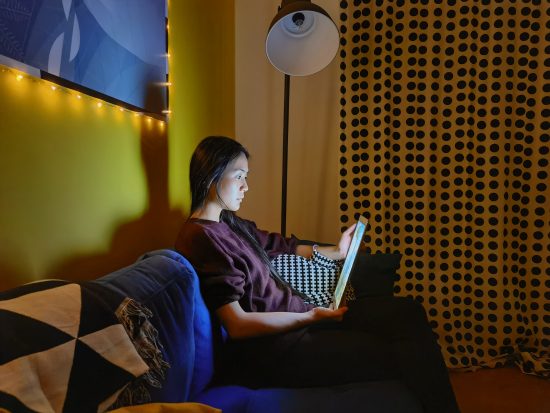
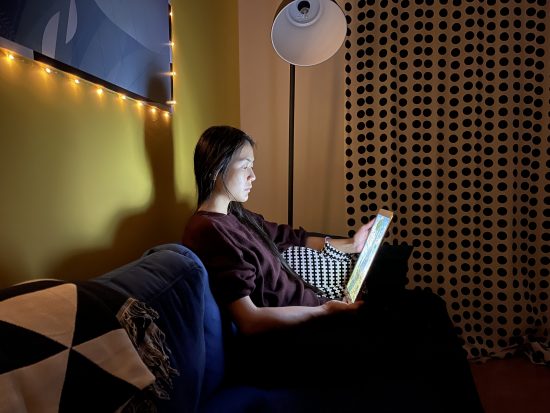
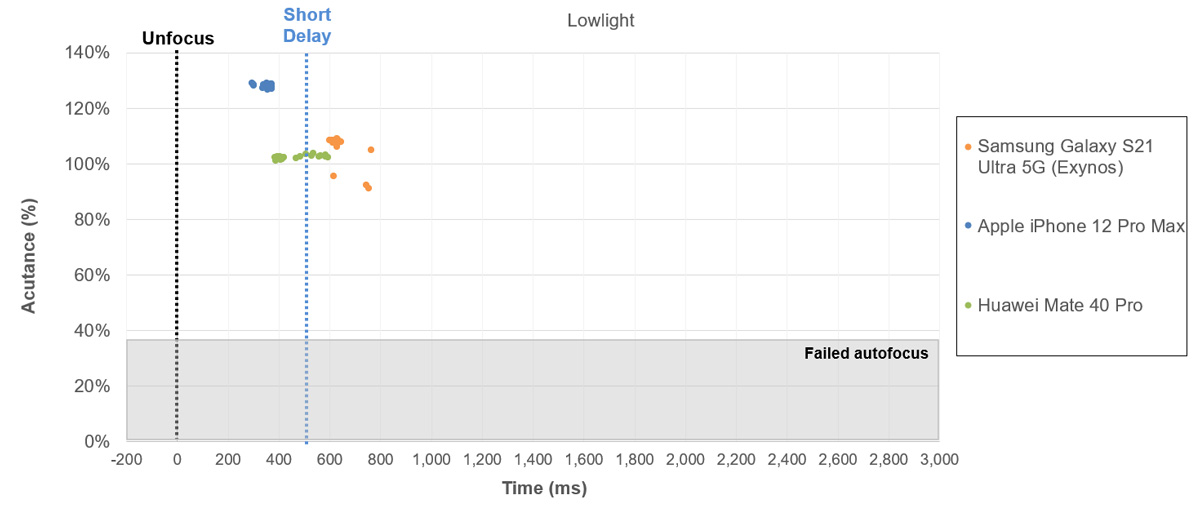


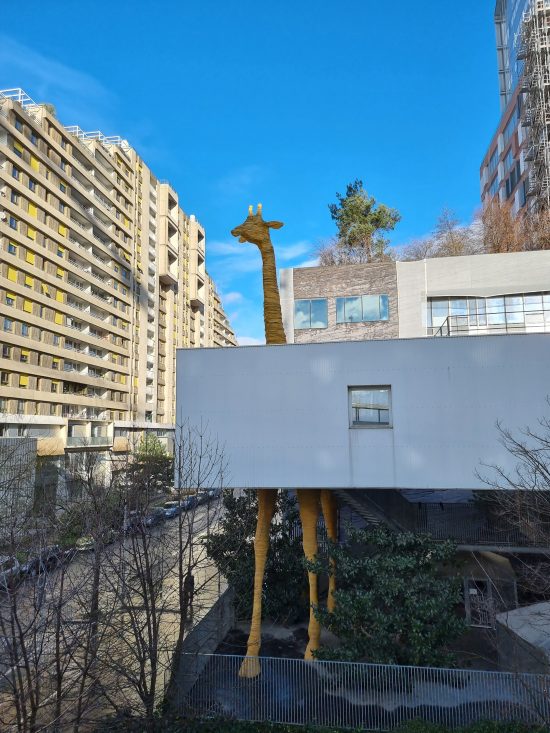
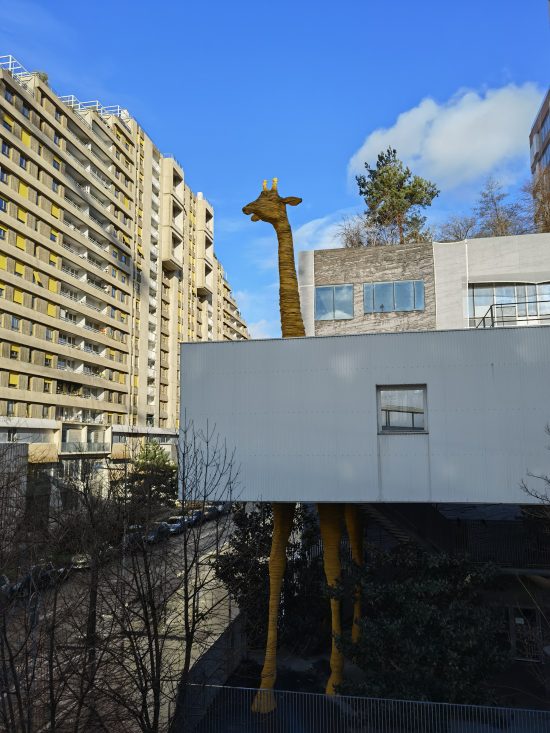
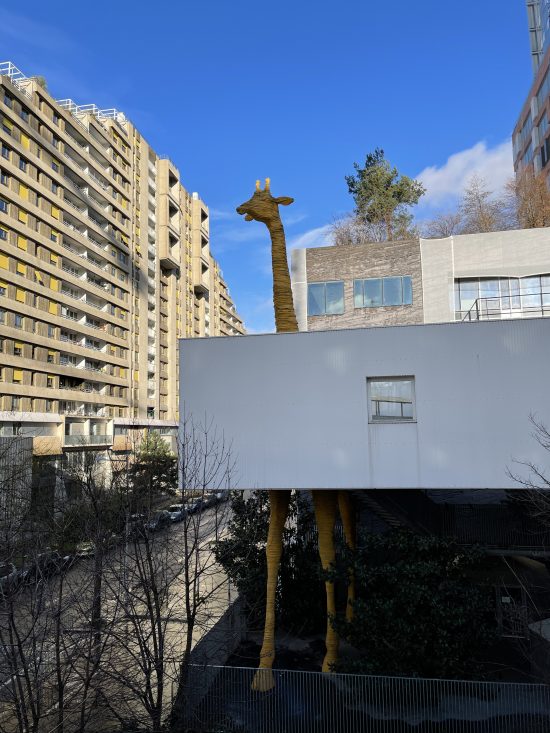
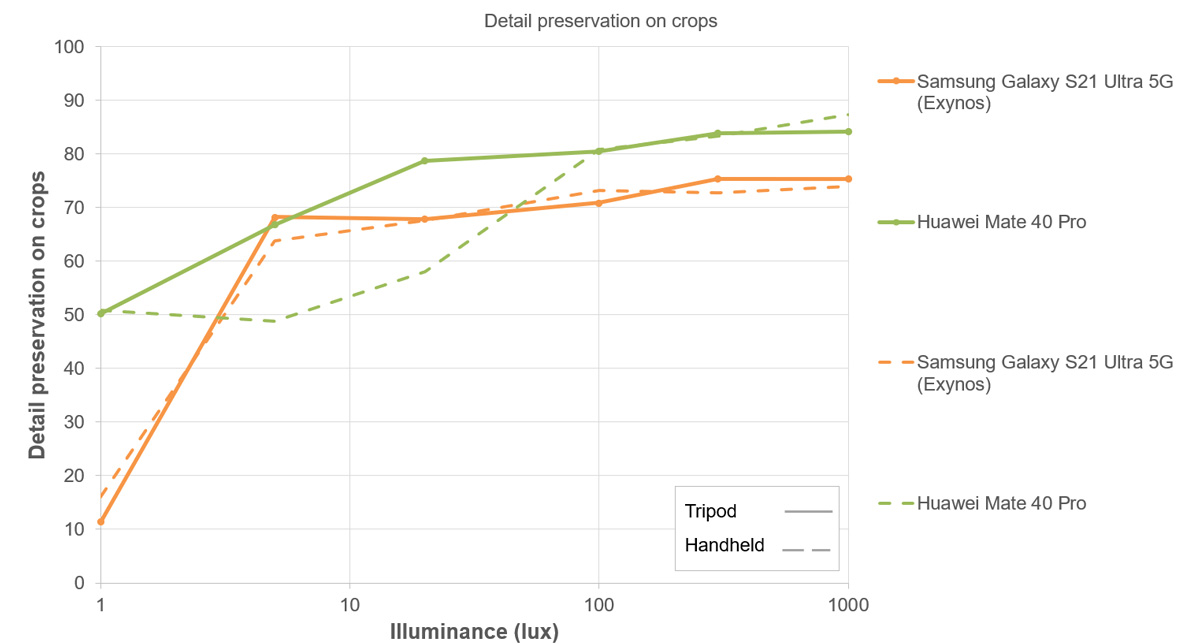
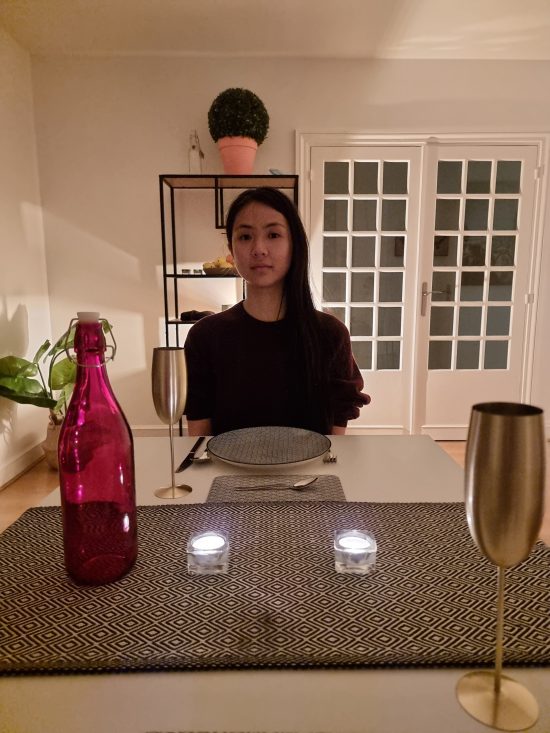
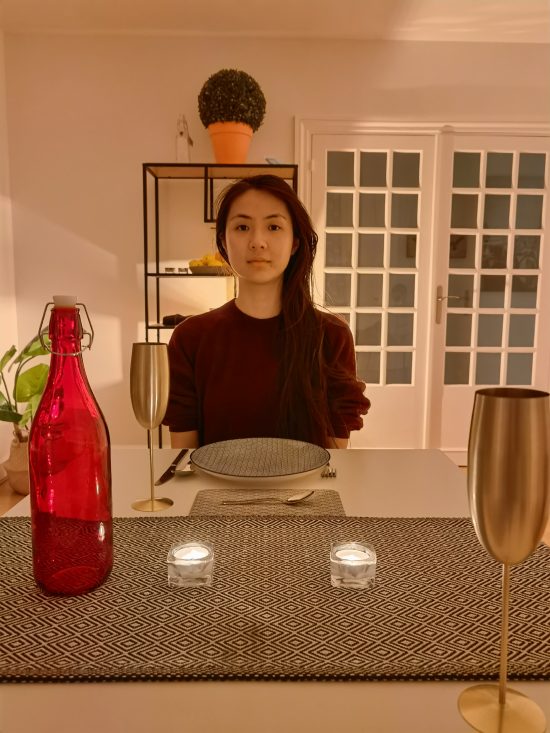
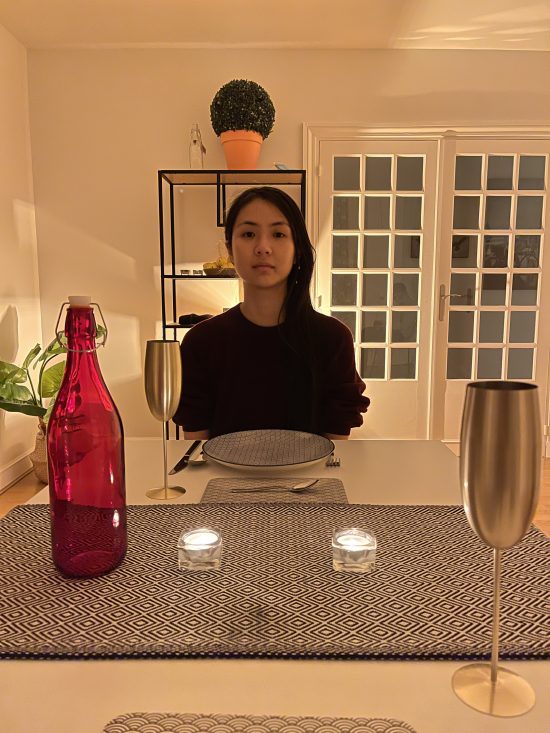
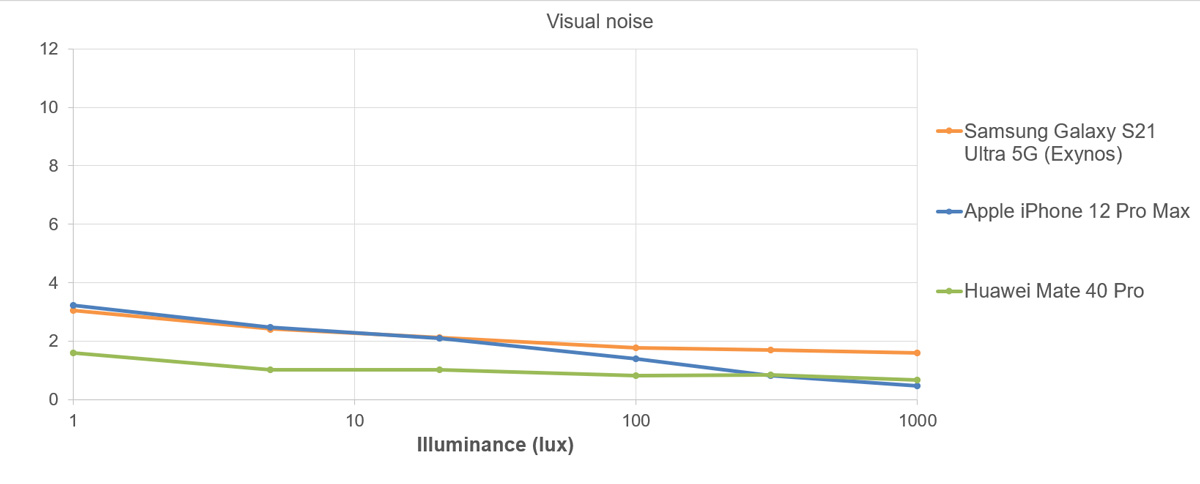
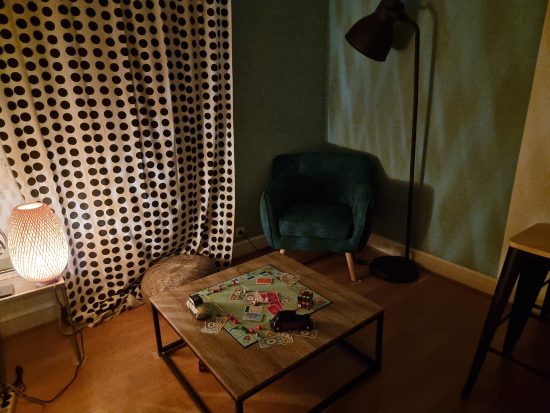





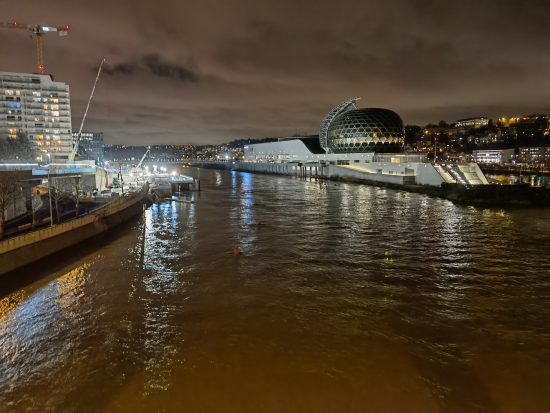












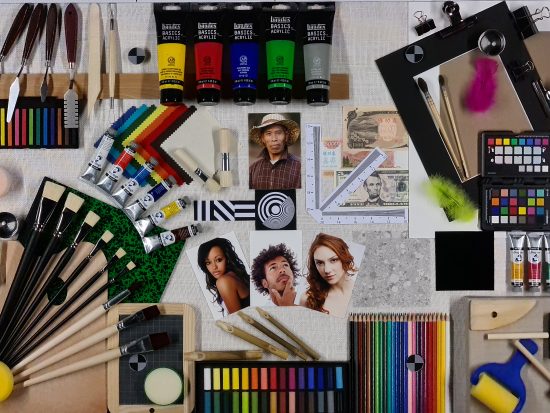
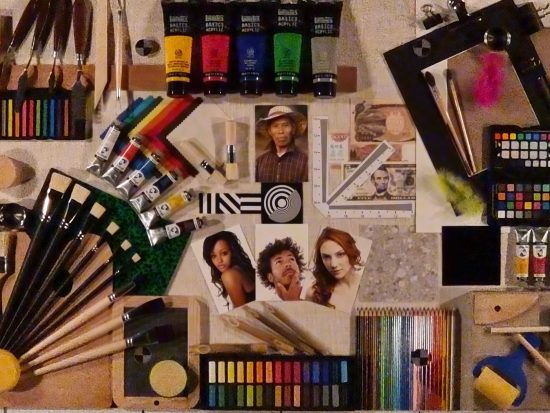

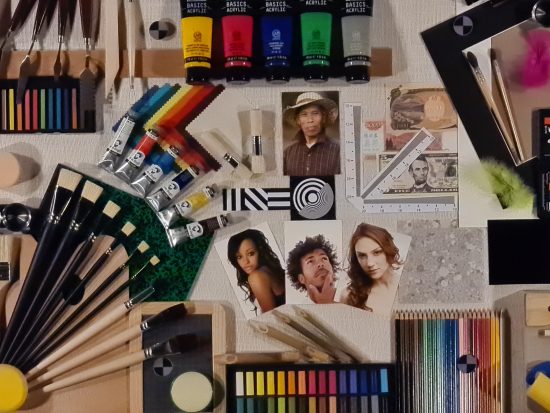



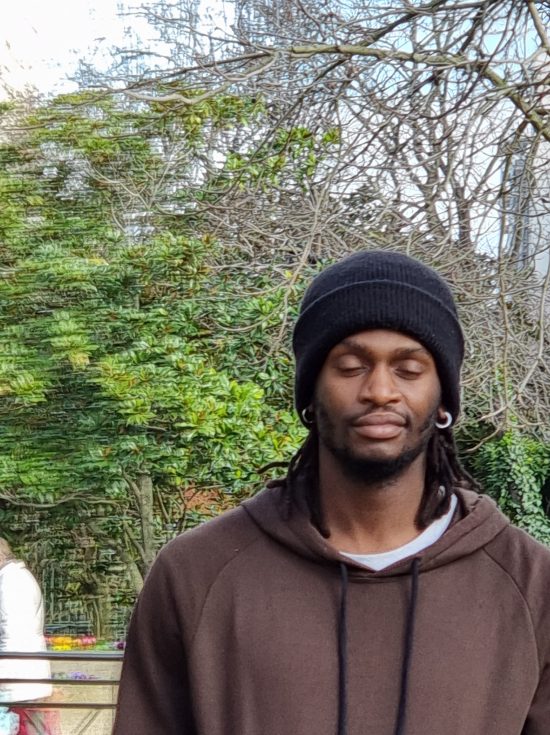



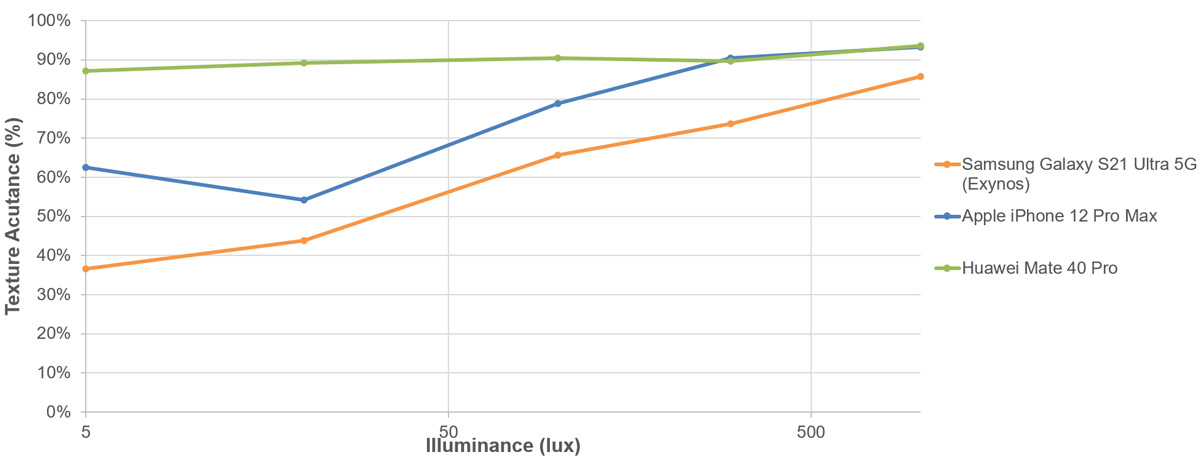

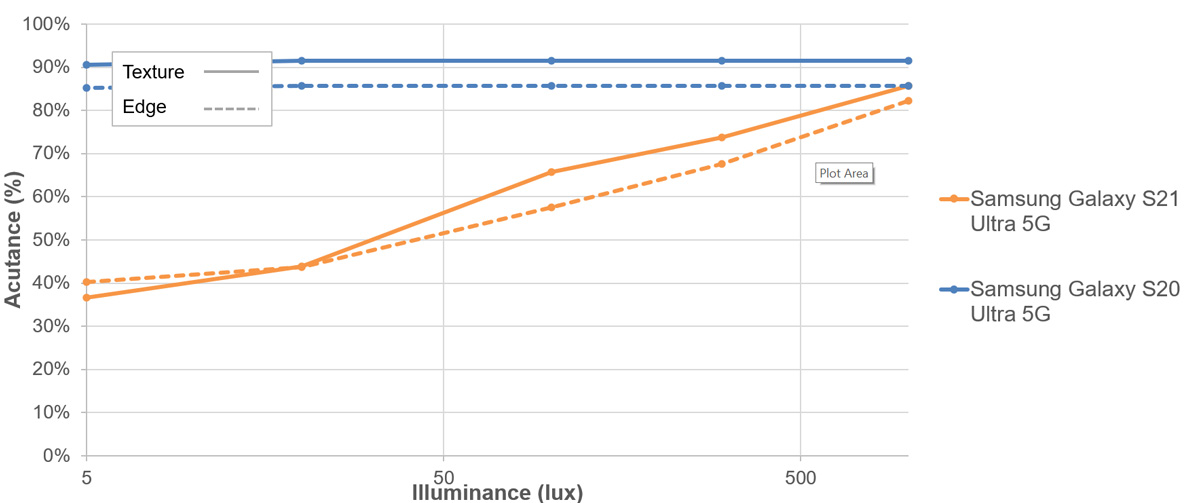
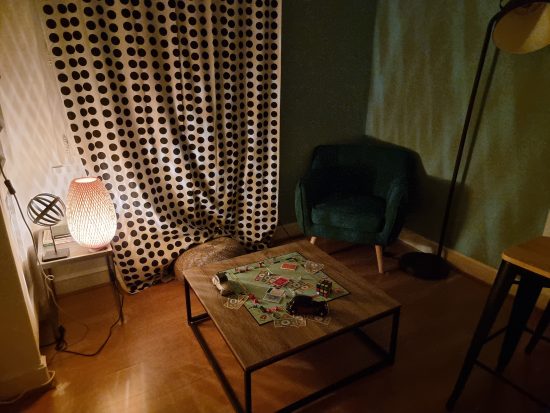
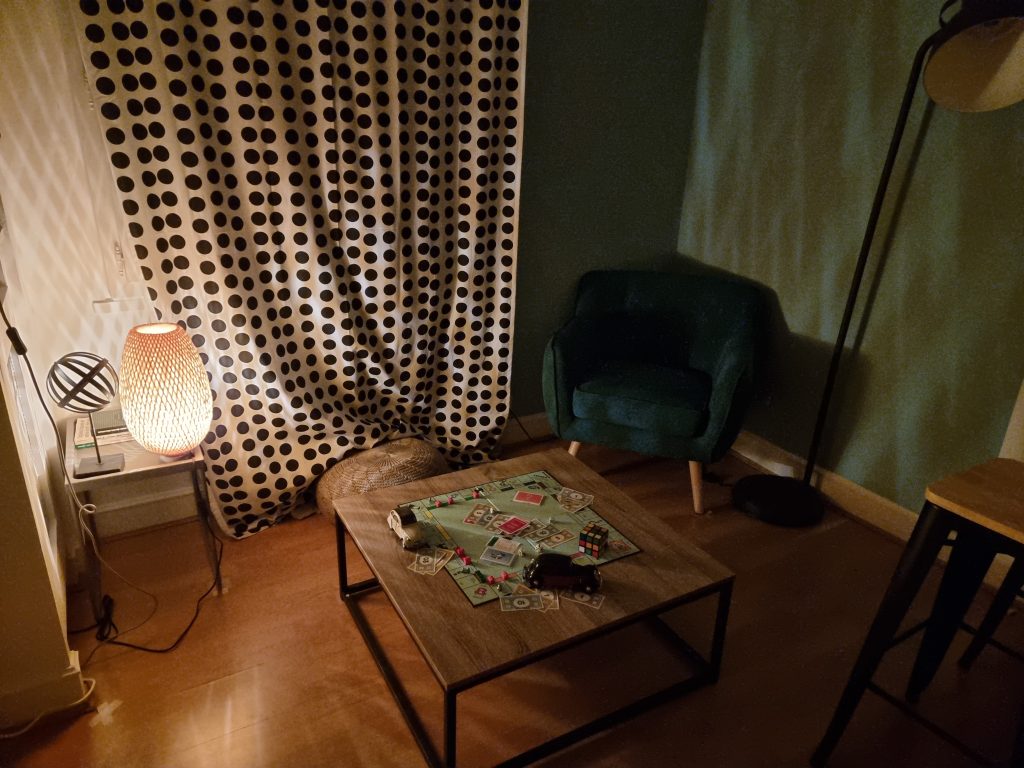



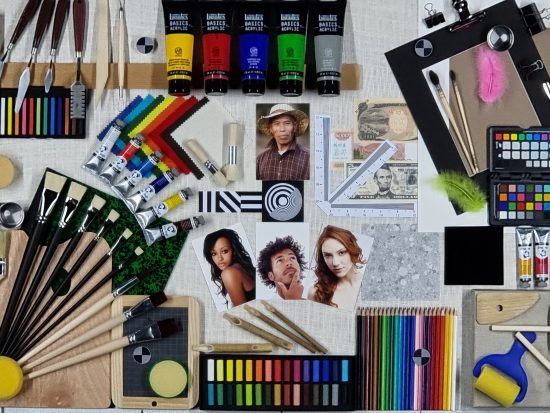

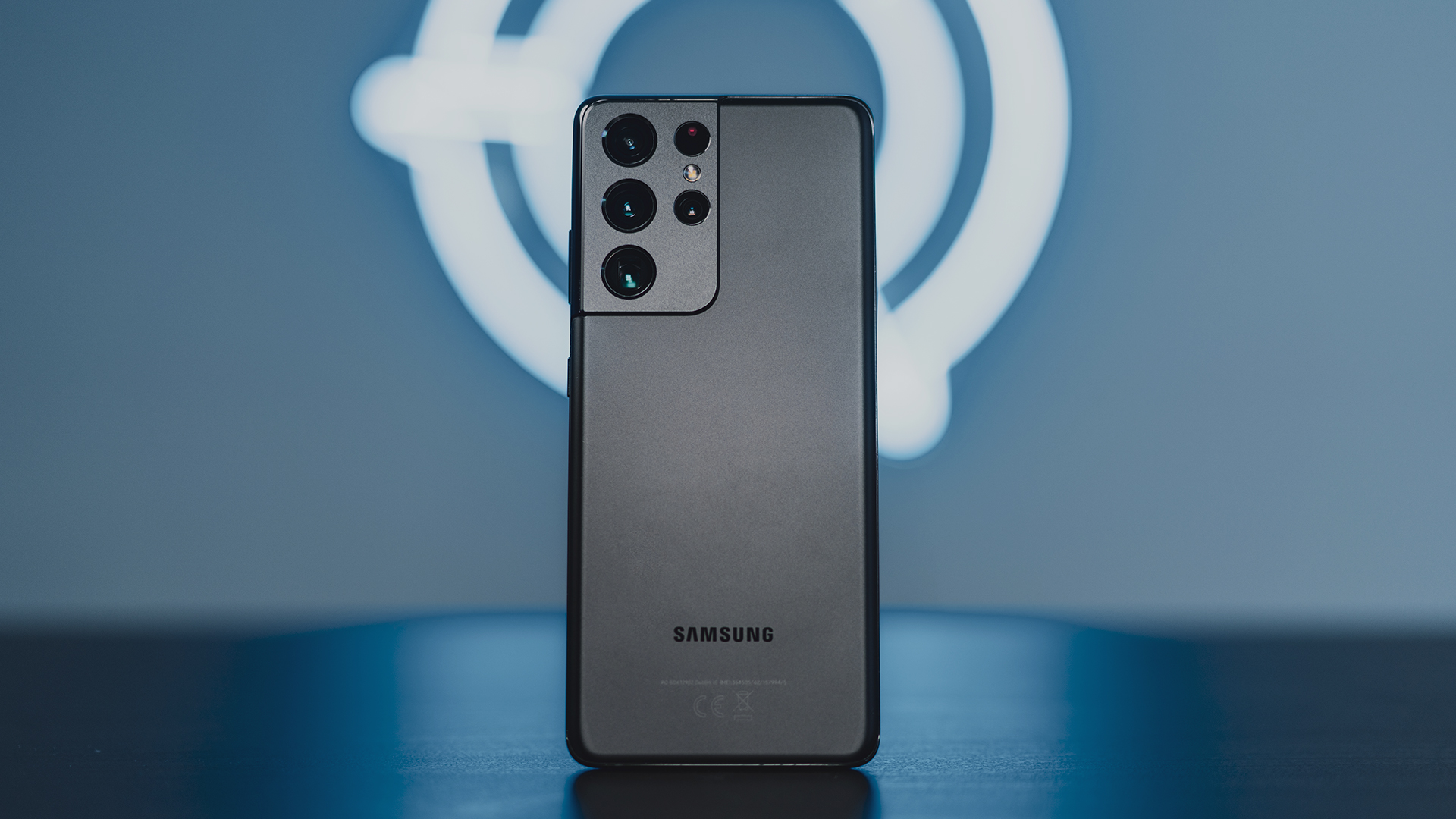


DXOMARK encourages its readers to share comments on the articles. To read or post comments, Disqus cookies are required. Change your Cookies Preferences and read more about our Comment Policy.